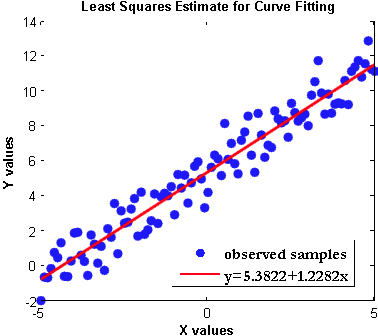The main principles of Corporate Finance: Investment Principle, Financing Principle (Capital Structure), Dividend Principle. In the Corporate Structures we have 3 types: Sole proprietorships, Partnerships, Corporations
Role of Financial Manager are: Firm’s operations, Financial Manager, Financial Markets. The flow is from cash raised from investors, cash invested in firm, cash generated by operations, cash reinvested, cash returned to investors.
Common Finance Terminology are: real assets, financial assets/securities, capital markets and financial markets, investment / capital budgeting and then financing. There are two under Chief Financial Officer: Treasurer and Controller
Ownership vs Management: Difference in Information (stock prices and returns, issues of shares and other securities, dividends, financing) vs Different Objectives (Managers vs Stockholders, Top Management vs Operating Management, Stockholders vs banks and lenders)
The objective of firm is wealth maximisation such as:
- Shareholders own the company and rational shareholders will want to own companies that are expected to provide them with greatest possible increases in wealth.
- It is conceptually possible to determine whether a financial decision is consistent with this objective.
- Is there any reasonable objectives.
- In the perfect markets all shareholders are better off, ceteris paribus, if wealth increase
Fisher Separation Theorem is with perfect capital markets, the firm’s investment decision will depend only on the estimated cash flows from investment an market interest rates. It will be independent of shareholder’s various preferences for current versus future consumption.
Shareholder wealth at time t is the present value of dividends to be paid out in the future. The discount rate is the market determined return on the firm’s equity.
Economic profit comes from the sources and uses of funds such as the net operating income plus number of new shares issued times price per share issued equals to dividends plus investment.
Assuming that firms issue no new equity we have the cash flow definition of profit which we can write as dividends equal to net operating income minus Investment. This focuses on the timing of cash flows. It is interested in cash flows as they occur. Accounting profit is net income equals to net operating income minus depreciation.
Definition of Profit are:
- Does not deduct investment as investment outlays are made but capitalises the book value of new investment on the balance sheet and the depreciates it.
- Accounting profit does not focus on cash flow as they occur.
- Use cash flow definition and therefore focus on cash flows.
Maximising shareholder wealth is equal to maximising discounted cash flows.
Capital Budgeting
The objective of the firm should be maximise shareholder’s wealth. We can now see that under certain conditions using the net present value (NPV) maximises share price and maximises shareholders wealth. Decision rule is that:
- Accept a project if NPV > 0
- Reject a project if NPV < 0
The interest rate on the loan has nothing to do with the risk of the project. What we need to know is the expected return on security carrying the same risk. Assume that firm has found out that for this type of investment the market required return is 20%. Should the firm approve the proposal?
Firm’s objective is maximising shareholder’s wealth. If we have perfect capital market (PCM). Shareholders can:
- buy or sell shares and other securities
- borrow or lend to get their desired consumption-saving pattern
The market interest rates and returns give the opportunity costs of transferring wealth across different periods and if firms use these rates and returns to calculate NPV’s they make the same tradeoffs as investors.





